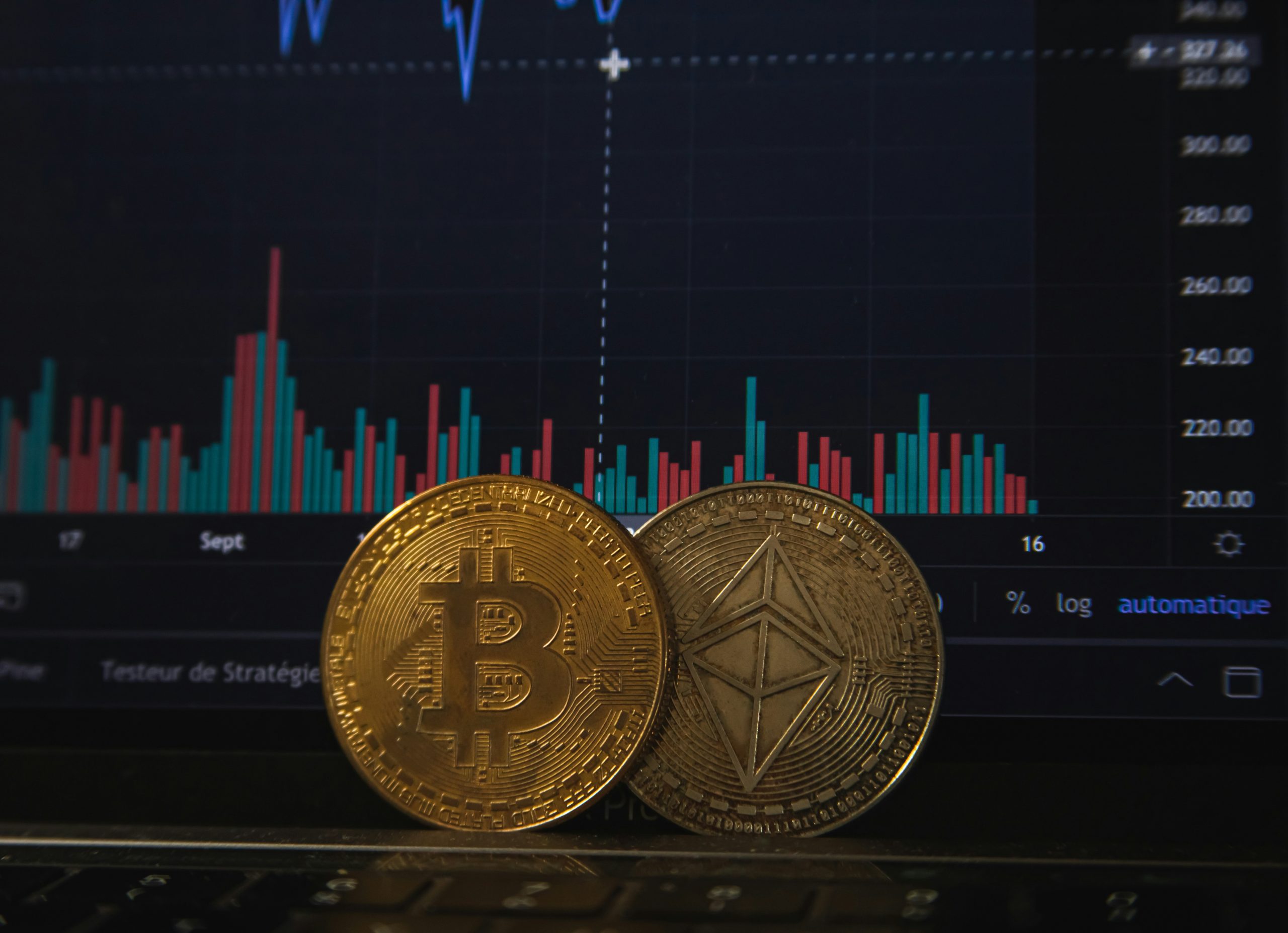After a mixed performance in autumn, with September relatively on a downtrend but October bringing growth and potential for development, Ethereum seems to be taking a step backward again. The price recently fell in light of increased concern regarding regulations, and although the movement wasn’t enough to bring ETH plummeting, investors nonetheless took note of it. Since the market remains relatively unstable and fluctuations are still commonplace, it makes sense to stay vigilant to avoid the possibility of losing capital and damaging your portfolio.
DApps and DeFi
Apart from cryptocurrencies, the Ethereum ecosystem has become well-known for the extra functionality and features added to the blockchain and its ability to foster innovation and development. Decentralized applications and finance are not yet commonplace, but many researchers estimate that things will continue to change in the environment, and that Ethereum could pave the way towards a world with systems that are more decentralized and overall safer.
On November 23rd, the crypto world was rocked by another negative event. Multi-chain DEX aggregator KyberSwap was targeted by a hacker attack that employed the infinite money glitch to obtain funds illicitly. The attacker got $46 million through a carefully engineered plan seeking to exploit the platform. The event has reduced the users’ desire to become accustomed to or interact with decentralized finance apps. In fact, the incident has only reignited the debate regarding the safety and capacity of DeFi systems to protect investors and provide a good experience for users who choose to engage.
Two days before, on November 21st, Tether released a blog post announcing that the Federal Bureau of Investigation is set to be involved on the platform following the discussion of irregularities and illicit activity on the platform. The lack of further details made way for speculation, with investors concerned that the regulatory measures will become even more apparent.
Regulations
2023 has been a year of rules for the crypto market, and the reactions from users and analysts have been polarized. While some see the positive aspects of this endeavor, believing that it will create a safer and more secure environment for trading, others believe that all the regulations will achieve is the creation of a more centralized ecosystem, thereby destroying the heart and soul of crypto, whose foundational pillar is decentralization.
Exchanges, crypto-friendly banks and other platforms have come under intense scrutiny following the recent scandals that have affected crypto. Failures have been standard, and fraud appears to be everywhere. This influenced the ways in which the general public perceives crypto since many users decided to abandon their digital finance portfolios, afraid of the possibility of losing everything. Even those who had never interacted with digital coins before instantly painted all crypto with the same brush, seeing it as a gateway for illicit activities.
It’s unclear how regulations will progress in 2024, but most investors are prepared for things to become more intense rather than return to how they used to be.
Data figures
The crypto market remains vulnerable to internal and external factors, and it is virtually impossible to predict how prices will change. Although there’s historical data to rely on, it’s important to remember that just because a particular trend occurred at a previous time in the past and the present conditions seem relatively similar doesn’t mean that history will repeat itself. This is a particularly crucial piece of advice when it comes to positive trends, as investors can make rash decisions that lead them to lose substantial amounts of money.
And while a certain degree of risk comes naturally with any transaction, being aware of the possible dangers can protect you from making the wrong decision. Currently, on-chain data for Ethereum shows that the market is still struggling. During the last week of November, the ETPs recorded only $34 million in inflows. When compared to Bitcoin, the numbers are only 10% of what digital gold managed to accumulate.
The competition between the two most well-known crypto coins in the world, as well as the biggest by market cap, has become even fiercer in the lack of delay of approval for exchange-traded funds. Both assets are competing against each other to claim the approval first. Fixed-income assets have also surpassed Ethereum in the seven-day average yield. While ETH staking is around 4.2%, the other assets are seeing returns that have exceeded 5%.
Transaction costs continue to be elevated despite the measures undertaken to reduce network congestion and reduce fees. The seven-day average is $7.40, lower than the all-time highs, yet higher than many investors would want it. Decentralized apps have been affected by these elevated costs, recording a nearly 22% decline in volume.
Systemic changes
There’s an interconnectivity in the crypto space that means that if a noteworthy asset or token isn’t performing well, the rest of the market will likely feel the repercussions. The increased involvement of legal authorities and lawmakers in the crypto environment might influence the markets in unsatisfactory ways, causing liquidity pools. Right now, there’s no reason to panic or start doubting the ability of the system to continue thriving. But the fact that the situation changes so quickly when it comes to crypto means that investors should remain attentive to any significant changes.
Most DeFi applications have seen a drop in activity, while competing altcoin blockchains have recorded considerable increases, sometimes over 10%. On November 17th, Fidelity Investments, offering multinational financial services, applied for its own Ethereum-based ETF. The company holds no less than $4.5 trillion in assets, and has become the first company of its kind to seek the approval of a spot Ether ETF.
The Ethereum environment is still recovering following a very difficult 2022, and plenty of work remains to be done. Investors should be mindful of their transactions during this period since the possibility of losses is still elevated. If you want to make sure your portfolio remains safe, make sure to analyze the market movements and don’t listen to anyone but yourself. FOMO is a strong motivator, but it can also lead you to stray from your path and make mistakes.


